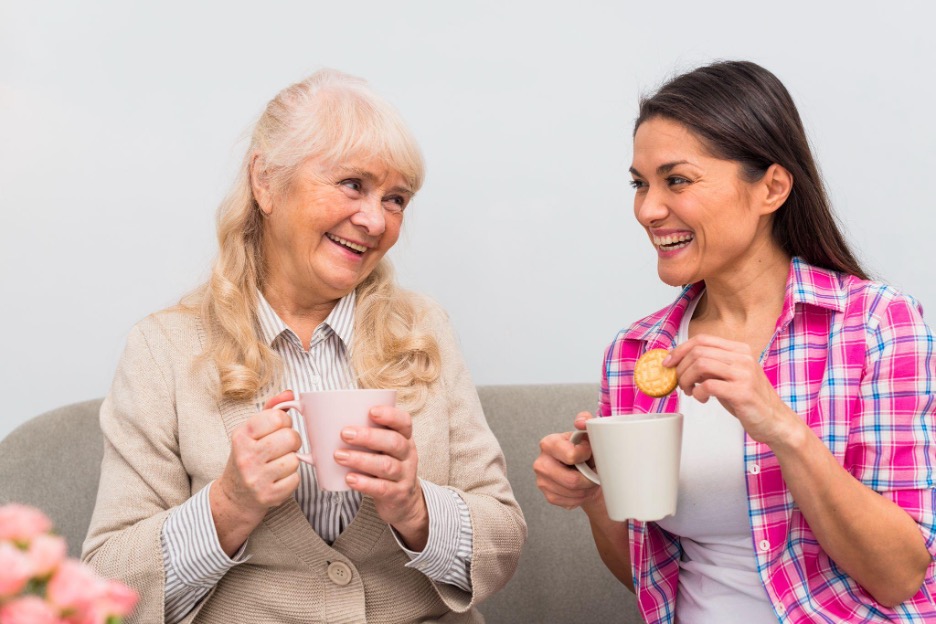A Guide for Physicians
and Other Healthcare Providers
Shedding Light on Elder Abuse: Recognizing, Preventing, and Addressing a Growing Crisis
Introduction
Elder abuse is a dark and deeply troubling issue that often hides in the shadows of our society. It encompasses a range of harmful behaviors directed towards older adults, including physical, emotional, financial, and sexual abuse, as well as neglect. This pervasive problem affects millions of seniors worldwide and is a grave violation of their human rights. On this page, we will explore the alarming issue of elder abuse, its various forms, the factors contributing to its prevalence, and what we can do to combat it.
Understanding Elder Abuse
Elder abuse is not a new phenomenon, but its recognition as a significant public health and human rights concern has grown in recent years. The World Health Organization defines elder abuse as "a single, or repeated act, or lack of appropriate action, occurring within any relationship where there is an expectation of trust, which causes harm or distress to an older person."
Forms of Elder Abuse
- Physical Abuse: This involves the use of force resulting in bodily harm, pain, or injury to an elderly person. It can include hitting, slapping, pushing, or any form of physical harm.
- Emotional Abuse: Emotional abuse includes behaviors that cause emotional anguish, fear, or distress in an older person. This can take the form of verbal insults, humiliation, threats, or isolation from friends and family.
- Financial Abuse: Financial abuse occurs when someone exploits an elderly person's financial resources or assets. This can involve theft, fraud, coercion, or manipulation.
- Sexual Abuse: Any non-consensual sexual activity involving an older adult constitutes sexual abuse. This form of abuse is often underreported due to shame and fear.
- Neglect: Neglect refers to the failure to provide necessary care and support to an older person, resulting in harm or suffering. This can include withholding food, medication, or essential medical attention.
Factors Contributing to Elder Abuse
- Social Isolation: Many older adults experience social isolation, which can make them more vulnerable to abuse. Limited social interactions can result in a lack of support and a reduced likelihood of abuse being reported.
- Caregiver Stress: Caregivers, often family members, can experience significant stress when providing care for older adults. This stress can sometimes lead to abusive behaviors.
- Ageism: Stereotypes and negative attitudes toward aging can contribute to elder abuse. Ageism can lead to the devaluation of older adults, making them more susceptible to mistreatment.
- Dependency: Older adults who are dependent on others for care and support are at a higher risk of abuse, as they may fear retaliation or loss of care if they report mistreatment.
Preventing and Addressing Elder Abuse
- Awareness: Raising awareness about elder abuse is the first step in combating it. Communities, healthcare providers, and organizations must educate themselves and others about the signs and consequences of elder abuse.
- Support Systems: Building strong support systems for older adults can help prevent abuse. Encouraging regular social interactions and maintaining open lines of communication with older family members can make them feel valued and less isolated.
- Reporting: Encouraging individuals to report elder abuse is crucial. Hotlines, support services, and legal protections should be readily available to those in need.
- Legislation and Regulation: Governments must enact and enforce laws and regulations that protect the rights and well-being of older adults. This includes laws against elder abuse and measures to ensure the safety of older individuals in care facilities.
Conclusion
Elder abuse is a pressing issue that demands our attention and action. By understanding the different forms of abuse, recognizing contributing factors, and taking steps to prevent and address elder abuse, we can work together to protect the rights and dignity of older adults in our society. It is our moral obligation to ensure that every elderly individual can age with grace, respect, and without fear of mistreatment.
Reference:
Guide on Elder Abuse and Home Safety
Disclaimer | Privacy Policy | Copyright | Sitemap | Contact | Comments













